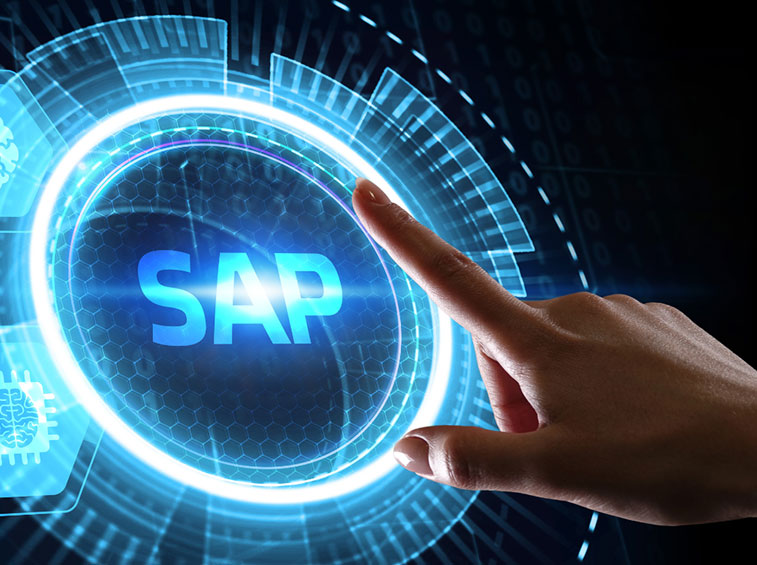
Navigating the SAP Migration Landscape: Understanding Your Options
Navigating the SAP Migration Landscape: Understanding Your Options
In today’s dynamic business environment, organizations are constantly seeking ways to optimize their operations and gain a competitive edge. One increasingly popular approach is to migrate to SAP S/4HANA, the next-generation enterprise resource planning (ERP) software from SAP. However, the decision to migrate is just the beginning. Organizations must then choose the most appropriate migration methodology to suit their specific needs and circumstances.
There are three main types of SAP migration methodologies: brownfield, greenfield, and brownfield to greenfield. Each approach has its own unique set of pros and cons, which will be discussed in detail below:
Brownfield Migration
Brownfield migration is the most common approach, as it involves migrating existing SAP systems to SAP S/4HANA. This method is often for organizations that want to minimize disruption to their business operations. However, brownfield migrations can be complex and time-consuming, as they often require significant data cleansing and customization.
Pros of Brownfield Migration:
- Minimizes disruption to business operations
- Allows organizations to leverage existing customizations and data
- Can be a cost-effective option for organizations with a large SAP footprint
Cons of Brownfield Migration:
- Can be complex and time-consuming
- Requires significant data cleansing and customization
- May not be the best option for organizations with outdated or heavily customized SAP systems
Greenfield Migration
Greenfield migration involves implementing a new SAP S/4HANA system from scratch. This approach is often for organizations that have no existing SAP systems or are looking to make a significant change to their business processes. Greenfield migrations are typically less complex and time-consuming than brownfield migrations, as they do not require data migration or customization.
Pros of Greenfield Migration:
- Can be a more streamlined and efficient process
- Allows organizations to implement best practices from the start
- May be the best option for organizations with outdated or heavily customized SAP systems
Cons of Greenfield Migration:
- Can be more disruptive to business operations
- Requires more upfront investment
- May not be the best option for organizations that need to maintain compatibility with legacy systems
Brownfield to Greenfield Migration
Brownfield to greenfield migration involves migrating existing SAP systems to a new SAP S/4HANA system in a phased approach. This approach can be a good option for organizations that want to minimize disruption to their business operations while still taking advantage of the benefits of a greenfield migration.
Pros of Brownfield to Greenfield Migration:
- Can be a more manageable approach than a full brownfield or greenfield migration
- Allows organizations to migrate at their own pace
- Can help to reduce the risk of disruption to business operations
Cons of Brownfield to Greenfield Migration:
- Can be more complex than a full brownfield or greenfield migration
- May require more upfront investment
- May not be the best option for organizations that need to maintain compatibility with legacy systems
Choosing the Right Methodology
The best SAP migration methodology for your organization will depend on a number of factors, including your current SAP landscape, your business requirements, and your budget. It is important to carefully consider all of your options and choose the approach that is most likely to help you achieve your migration goals.
SAP migration can be a complex and challenging undertaking, but it is also a rewarding one. By carefully planning your migration and choosing the right methodology, you can help to ensure a successful migration that will deliver long-term benefits to your organization.
At Resolve Tech Solutions (RTS), we are an SAP gold partner and we have experience in all three methodologies. Contact us today to get started.




